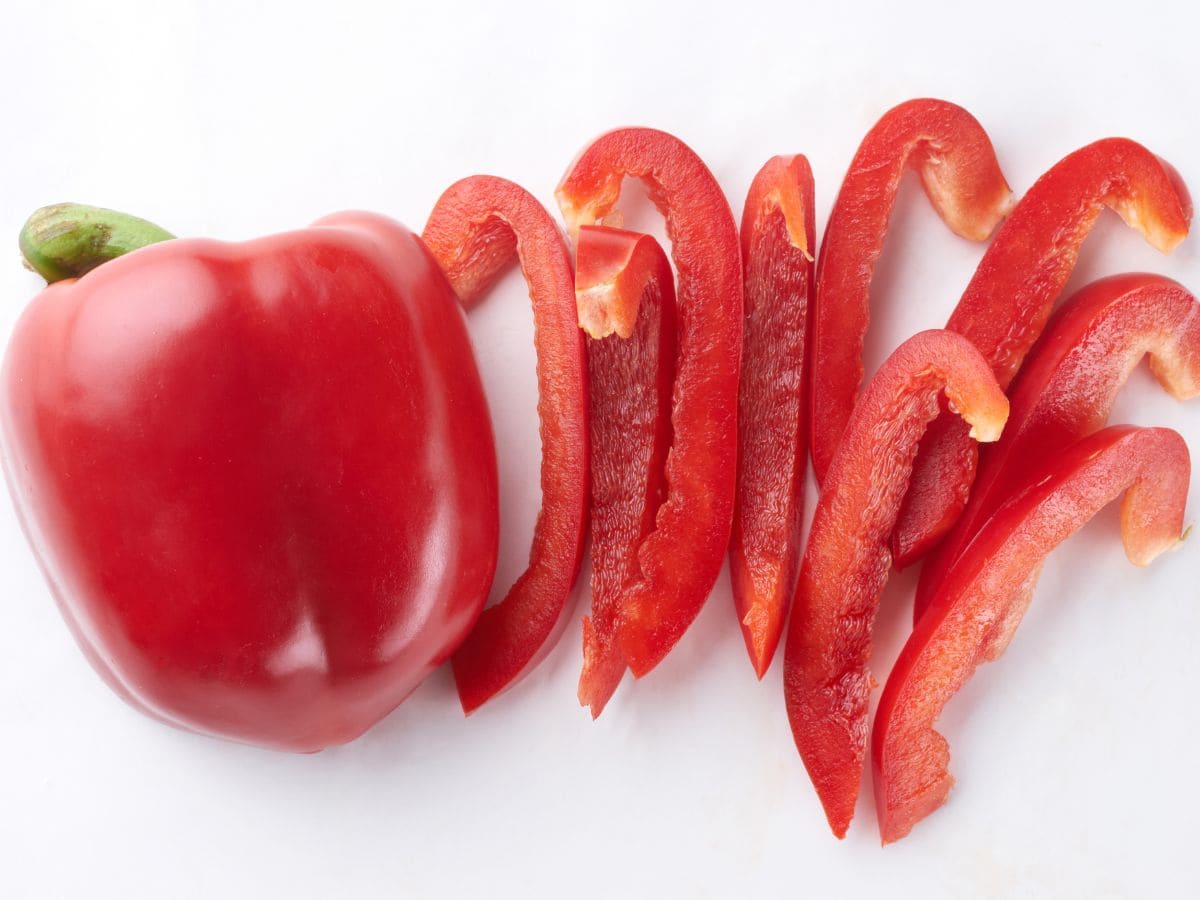

Articles
How To Store Red Peppers In Fridge
Modified: February 25, 2024
Learn how to properly store red peppers in the fridge to keep them fresh for longer. Our articles provide helpful tips and techniques for preserving the flavor and quality of your red peppers.
(Many of the links in this article redirect to a specific reviewed product. Your purchase of these products through affiliate links helps to generate commission for Storables.com, at no extra cost. Learn more)
Introduction
Red peppers are a vibrant and flavorful ingredient that can enhance the taste of any dish. Whether you’re adding them to salads, stir-fries, or pasta dishes, properly storing red peppers is essential to maintain their freshness and quality. By following the right storage methods, you can prolong their shelf life and ensure that they stay crisp and delicious for longer.
In this article, we will explore the benefits of properly storing red peppers and provide you with valuable tips on how to select and prepare them for storage. We will also delve into the best ways to store red peppers in the fridge, as well as alternative storage methods. Lastly, we will discuss the proper handling and usage of stored red peppers. So, let’s dive in and discover the secrets to maximizing the lifespan of these vibrant veggies!
Key Takeaways:
- Properly storing red peppers extends their shelf life, preserves their nutritional value, saves money, and adds convenience to meal planning. Follow simple steps to enjoy fresh and flavorful peppers for weeks.
- Whether storing in the fridge, freezing, pickling, or dehydrating, red peppers offer versatile options for long-term preservation. Handle and use them properly to maximize their taste and nutritional benefits.
Read more: How To Store Red Pepper
Benefits of Properly Storing Red Peppers
Properly storing red peppers offers numerous benefits that go beyond just maintaining their freshness. Here are some key advantages:
- Extended Shelf Life: Red peppers are highly perishable, but when stored correctly, they can last for several weeks. This means you can enjoy their flavor and nutritional benefits for a longer duration.
- Preservation of Nutritional Value: Red peppers are packed with essential vitamins and antioxidants like vitamin C and beta-carotene. Proper storage helps retain these nutrients, ensuring you get the maximum health benefits from consuming them.
- Cost Savings: By storing red peppers properly, you can prevent spoilage and reduce food waste. This helps you save money and make the most of your grocery purchases.
- Convenience: Having a stock of properly stored red peppers allows you to incorporate them into your recipes whenever you need them. This means less last-minute runs to the grocery store and more convenience in meal planning.
By understanding the benefits of proper storage, you can make the most out of your red peppers and enjoy their flavorsome and nutritional qualities to the fullest.
Tips for Selecting Red Peppers
Choosing the right red peppers is crucial for ensuring their quality and flavor. Here are some tips to help you select the best ones:
- Appearance: Look for red peppers that have a vibrant and glossy skin. Avoid ones that have wrinkled or discolored skin, as these are signs of aging.
- Firmness: Gently squeeze the red pepper to check for firmness. It should feel firm but not too hard or soft.
- Weight: Heavier red peppers tend to be juicier and fresher, so opt for ones that feel heavy for their size.
- Stem: Examine the stem of the red pepper. It should be fresh, green, and firmly attached. Avoid peppers with dry or shriveled stems.
- No Bruising: Check for any signs of bruising or blemishes on the pepper’s surface. Ideally, the skin should be smooth and free from any damage.
Remember, selecting high-quality red peppers is the first step towards ensuring their longevity and flavor. By following these tips, you can bring home fresh and delicious peppers that will elevate your culinary creations.
Preparations Before Storing Red Peppers
Before storing red peppers, it’s essential to properly prepare them to maximize their shelf life and maintain their quality. Here are some preparations to consider:
- Washing: Rinse the red peppers under cold running water to remove any dirt or debris. Pat them dry with a clean towel to ensure they are completely dry before storage.
- Removing Stems and Seeds: Cut off the stem end of the red pepper and discard it. Then, slice the pepper in half and remove the seeds and membrane using a knife or spoon. This step helps prevent moisture buildup and extends their freshness.
- Slicing or Dicing: Depending on your preference, you can slice or dice the red peppers before storing. If you plan to use them in specific recipes, it’s helpful to have them prepped and ready to use.
- Separating Varieties: If you have different types of red peppers, such as bell peppers and chili peppers, it’s advisable to store them separately. This prevents cross-contamination and ensures that each variety retains its unique flavors.
By taking these preparations into account, you’ll be well-equipped to store your red peppers properly and maintain their freshness and flavor for an extended period of time.
To store red peppers in the fridge, place them in a perforated plastic bag to allow for air circulation. Store them in the crisper drawer for up to 1-2 weeks. Avoid washing them until ready to use to prevent moisture buildup.
Storing Red Peppers in the Fridge
The refrigerator is an ideal place to store red peppers as it helps slow down the ripening process and preserve their freshness. Here’s how to store red peppers in the fridge:
- Wrap in Paper Towels: Take a few paper towels and wrap each red pepper individually. This helps absorb excess moisture and keeps the peppers dry, preventing them from becoming soggy.
- Place in a Plastic Bag: Put the wrapped red peppers in a plastic bag or airtight container. Seal the bag or container to create a barrier against moisture and odors.
- Store in the Crisper Drawer: The crisper drawer of your fridge provides the perfect environment for storing red peppers. It offers a slightly higher humidity level, which helps maintain their crispness. Place the bag or container with the wrapped peppers in the crisper drawer.
- Avoid Crowding: Ensure that the red peppers have enough space in the crisper drawer and are not overcrowded. This allows for better airflow and prevents them from getting squished or damaged.
- Temperature: Set your refrigerator temperature to around 40°F (4°C) for optimal storage of red peppers. This temperature helps slow down the ripening process while maintaining their freshness.
By following these steps, you can prolong the shelf life of your red peppers and keep them fresh and flavorful for up to two weeks in the fridge. Remember to check on them periodically and remove any spoiled peppers to prevent them from affecting others.
Read more: How To Store Cut Up Red Bell Peppers
Alternative Storage Methods for Red Peppers
While the fridge is the most common storage option for red peppers, there are alternative methods you can consider. Here are a few alternatives to store red peppers:
- Freezing: If you have a surplus of red peppers and want to preserve them for a longer period, freezing is a great option. Wash, slice, and remove the seeds and stems from the peppers. Blanch them in boiling water for a few minutes, then transfer them to an airtight container or freezer bags. Label and date the containers before placing them in the freezer. Frozen red peppers can stay fresh for up to 6 months.
- Pickling: Pickling red peppers can add a tangy and flavorful twist to your dishes. Slice the peppers and pack them into sterilized jars. Prepare a pickling solution of vinegar, salt, and spices, and pour it into the jars, completely covering the peppers. Seal the jars and store them in a cool, dark place. Pickled red peppers can last for several months.
- Dehydrating: Dehydrating red peppers removes the moisture, allowing you to store them for an extended period. Slice the peppers into thin strips and place them on a baking sheet or dehydrator trays. Dry them in the oven at a low temperature or follow the instructions on your dehydrator. Once dried, store the peppers in airtight containers. Properly dehydrated red peppers can last for up to a year.
These alternative storage methods provide different ways to preserve the flavors and versatility of red peppers. Choose the method that suits your needs and preferences, and enjoy the convenience of using red peppers in your dishes throughout the year.
Proper Handling and Usage of Stored Red Peppers
Once you have stored your red peppers properly, it’s important to handle and use them correctly to maintain their quality and flavor. Here are some tips for handling and using stored red peppers:
- Inspect Before Use: Before using a stored red pepper, carefully examine its appearance. Check for any signs of spoilage, such as mold or a foul odor. If it appears to be in good condition, it’s safe to proceed.
- Wash Before Cutting: Even if you have properly washed the red pepper before storing it, it’s still important to give it a final rinse before cutting into it. This removes any lingering dirt or bacteria that may have accumulated during storage.
- Trim as Needed: If there are any discolored or soft spots on the pepper, carefully trim them away before using. This helps eliminate any potential areas of spoilage and ensures you’re working with fresh and healthy flesh.
- Store Cut Peppers Properly: If you only use a portion of a stored red pepper, wrap the remaining portion tightly in plastic wrap or place it in an airtight container. Store it in the fridge and use it within a day or two to prevent it from spoiling.
- Utilize in Various Recipes: Stored red peppers are versatile and can be used in a wide range of recipes. Add them to salads, stir-fries, pasta dishes, soups, or roasted vegetable medleys. Get creative and explore different ways to incorporate these vibrant veggies into your meals.
By handling and using stored red peppers properly, you can enjoy their fresh flavor and vibrant colors even after they have been stored. Remember to always use your senses to assess their condition and use them in a timely manner to maximize their taste and nutritional benefits.
Conclusion
Properly storing red peppers is essential for maintaining their freshness, flavor, and nutritional value. By following the tips and methods outlined in this article, you can ensure that your red peppers stay crisp and delicious for an extended period of time.
We discussed the benefits of properly storing red peppers, including extended shelf life, preservation of nutritional value, cost savings, and convenience. We also provided tips on selecting high-quality red peppers and the necessary preparations before storing them.
When it comes to storing red peppers in the fridge, wrapping them in paper towels, placing them in a plastic bag, and storing them in the crisper drawer are key steps. Proper temperature settings and avoiding overcrowding are crucial for maintaining freshness.
In addition to fridge storage, we explored alternative methods such as freezing, pickling, and dehydrating. These methods allow you to preserve red peppers for longer durations and enjoy their flavors throughout the year.
Finally, we emphasized the importance of handling and using stored red peppers correctly. Inspecting them, washing before cutting, trimming as needed, and storing cut peppers properly are all essential steps to ensure their quality.
In conclusion, by employing the right techniques for selecting, preparing, and storing red peppers, you can make the most of this vibrant and versatile ingredient. So, stock up on red peppers, follow the guidelines outlined in this article, and enjoy their fresh taste and nutritional benefits in your favorite recipes.
Frequently Asked Questions about How To Store Red Peppers In Fridge
Was this page helpful?
At Storables.com, we guarantee accurate and reliable information. Our content, validated by Expert Board Contributors, is crafted following stringent Editorial Policies. We're committed to providing you with well-researched, expert-backed insights for all your informational needs.
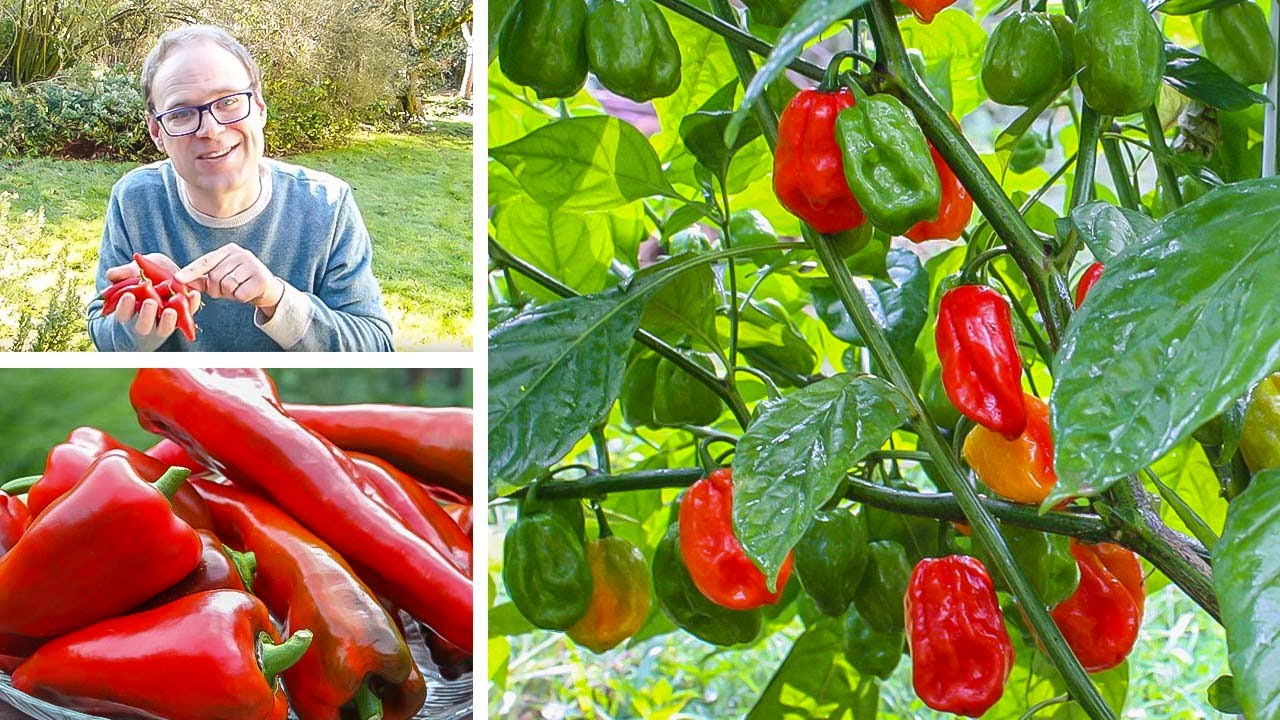
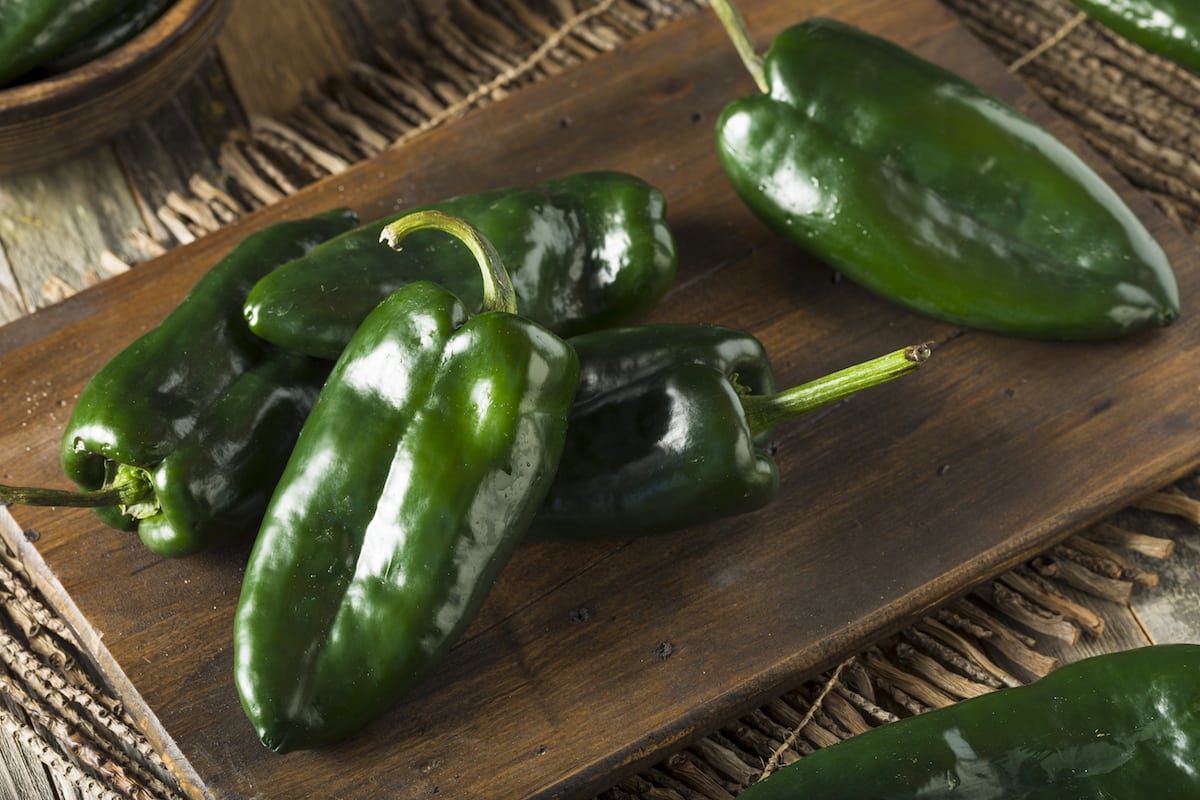
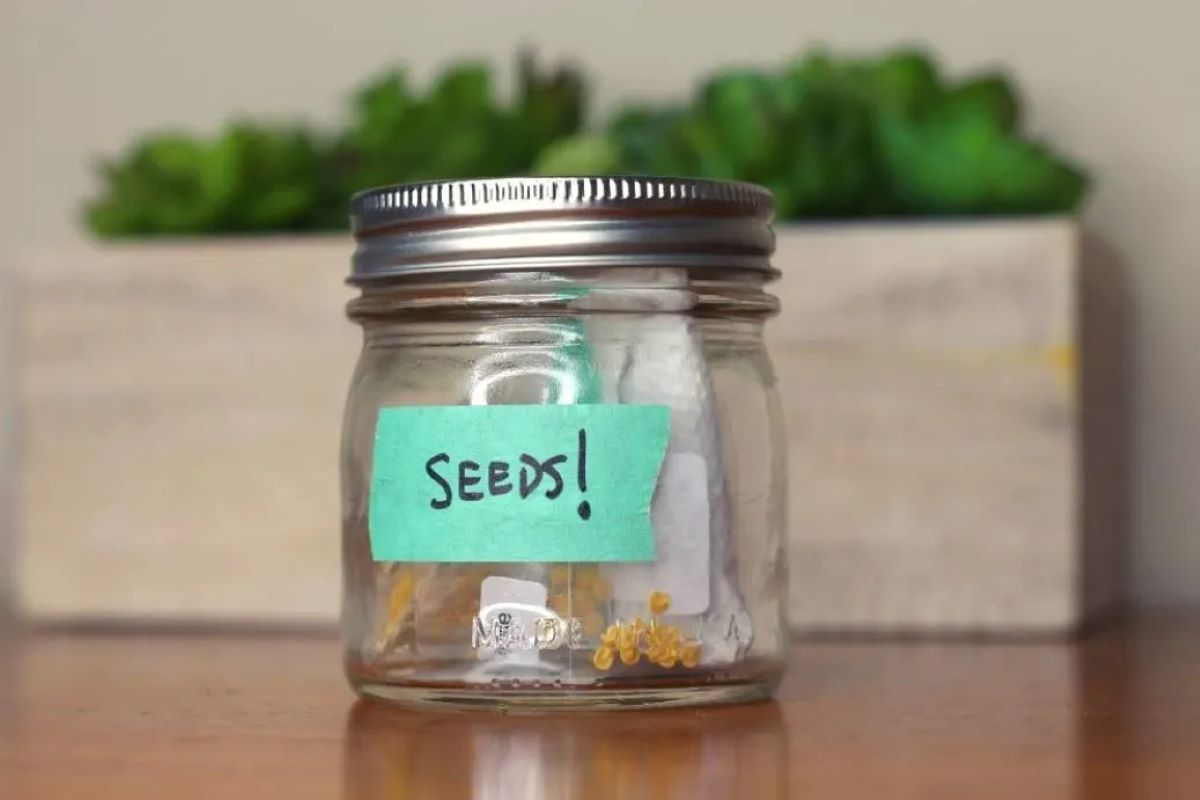
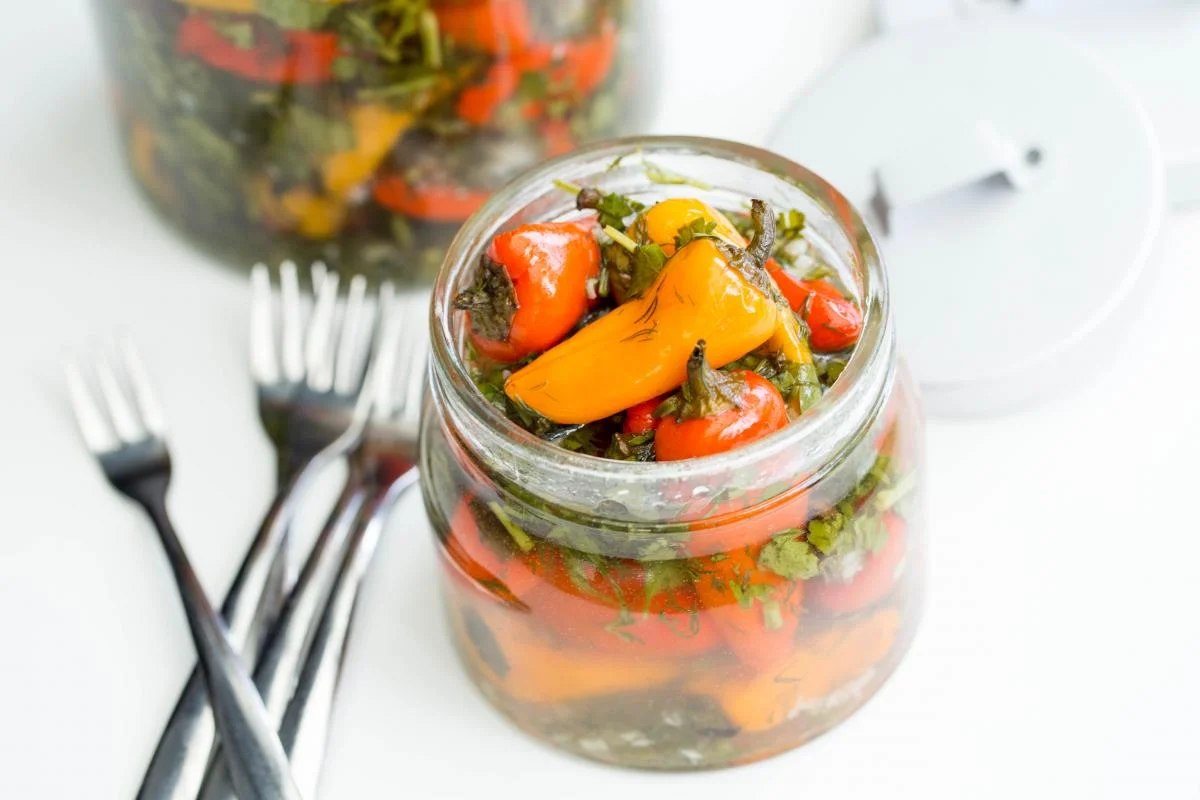
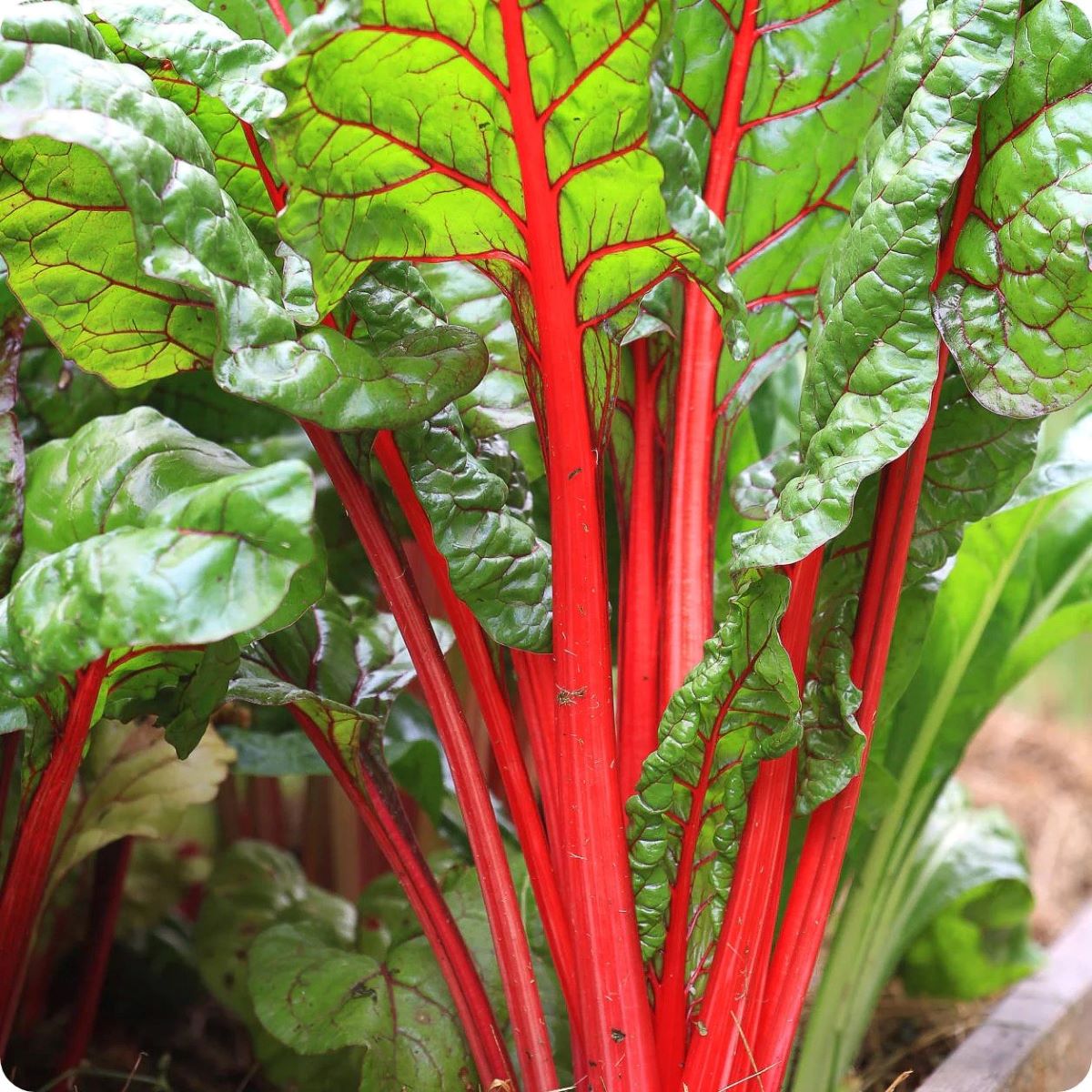
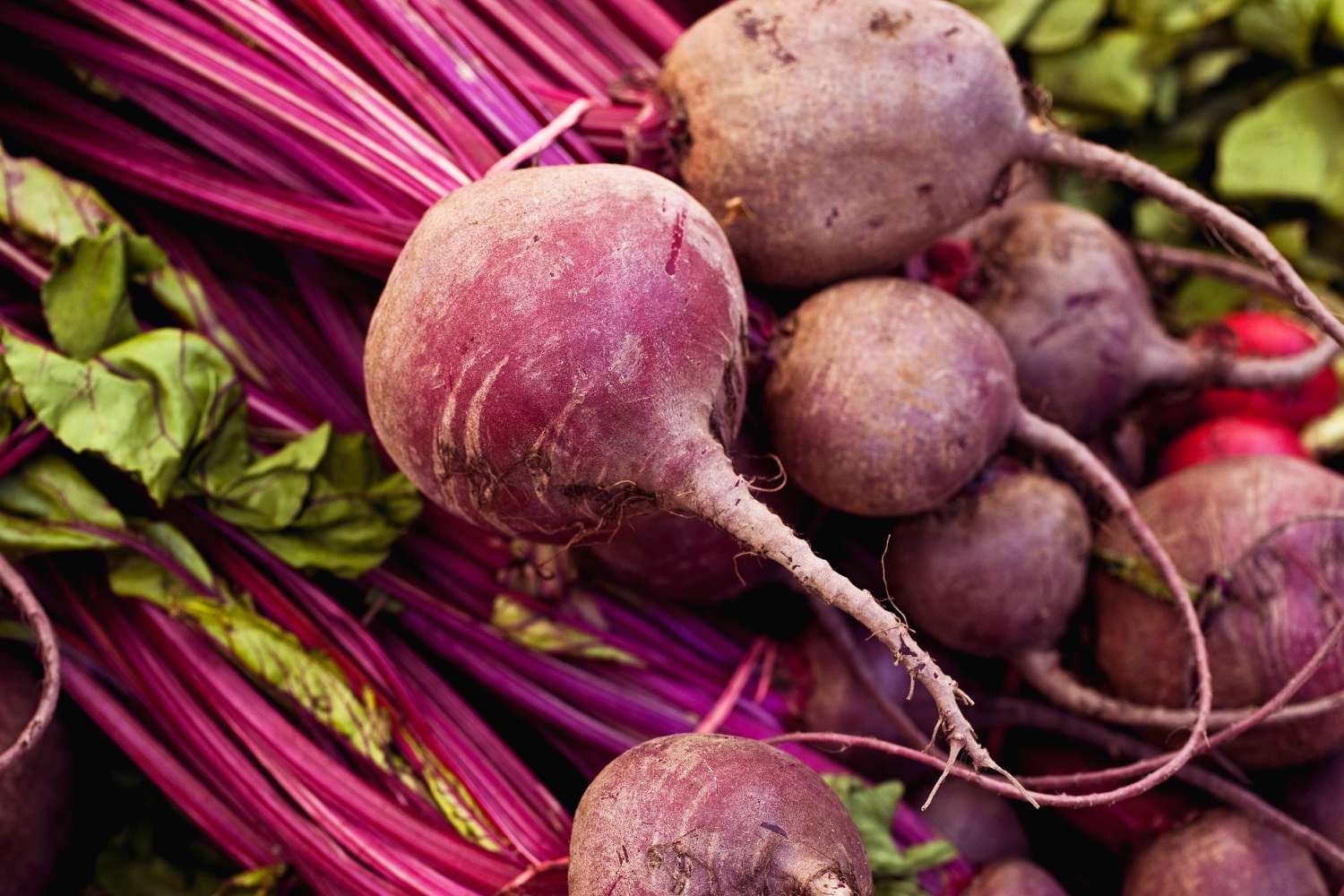

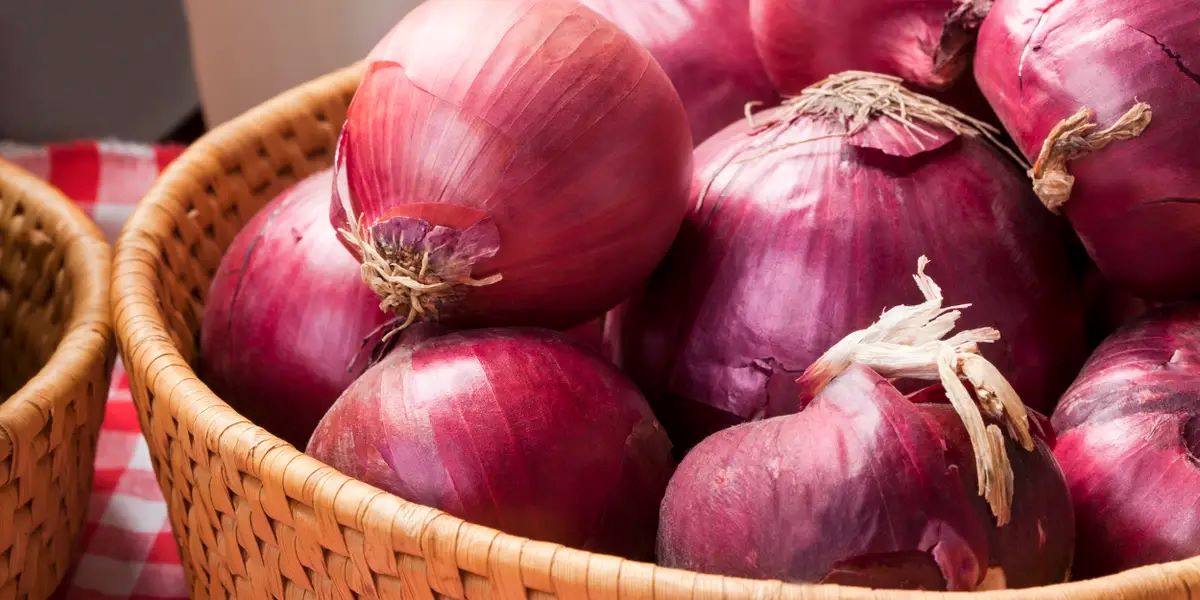
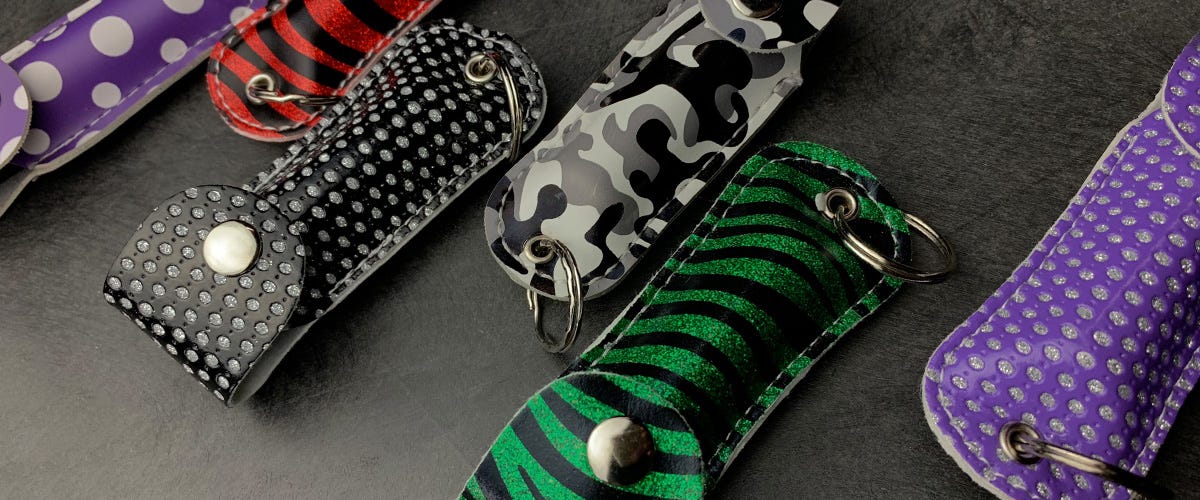
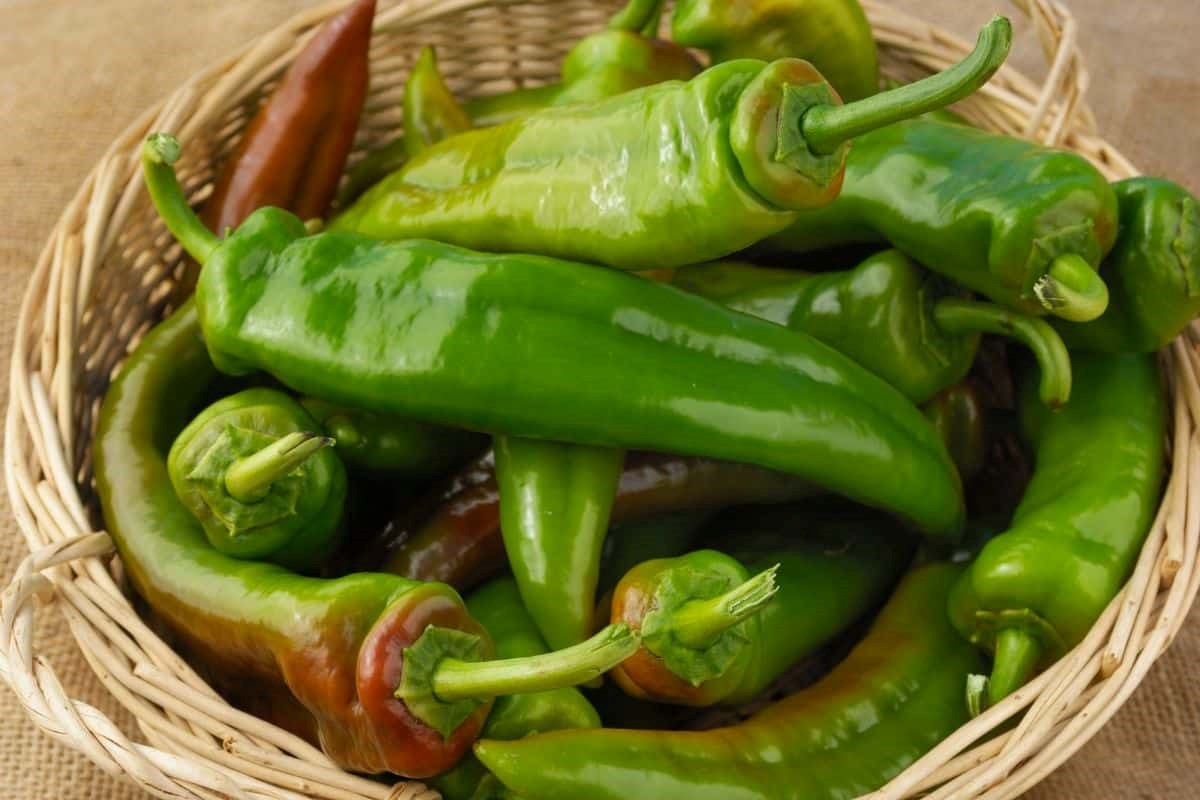
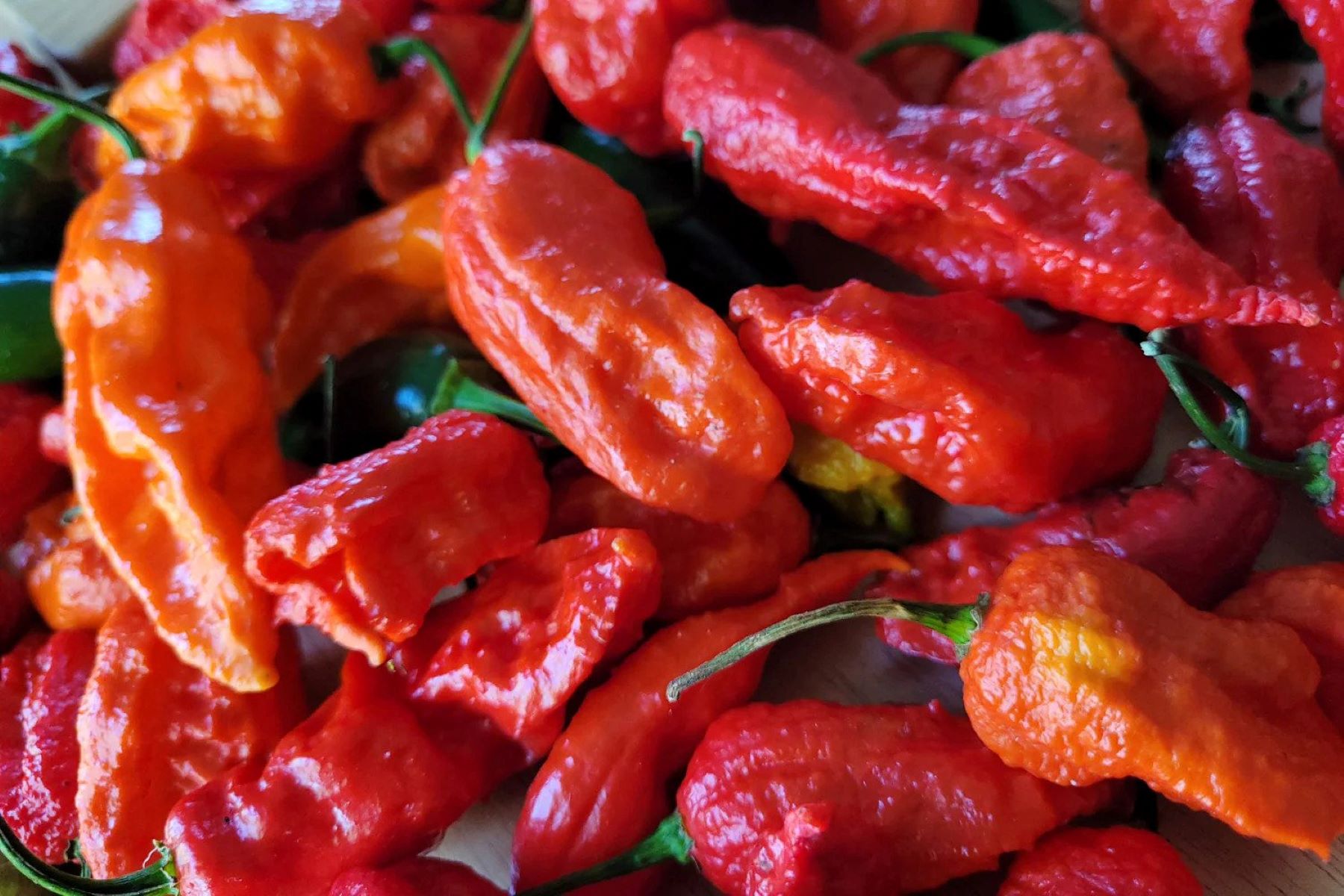
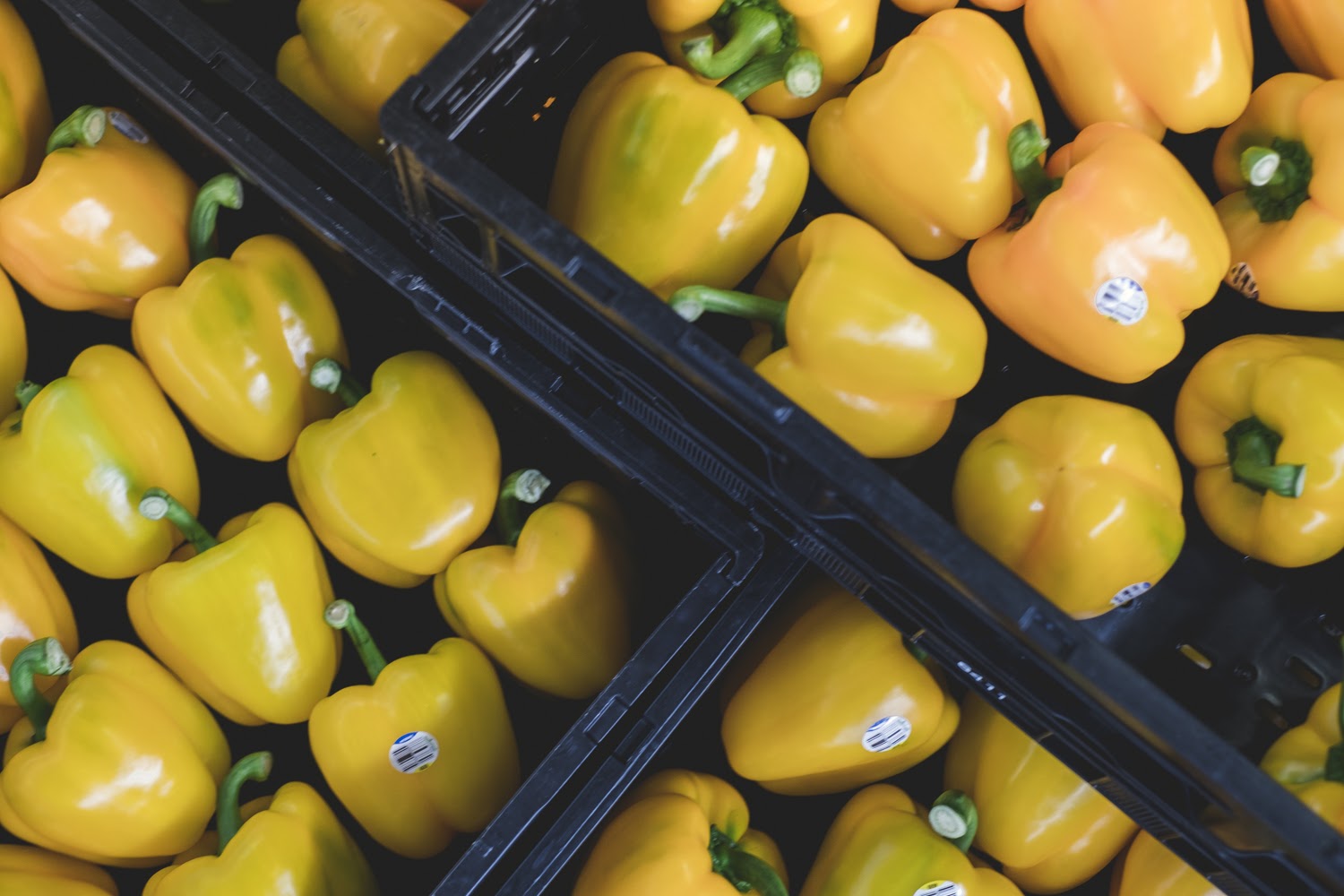
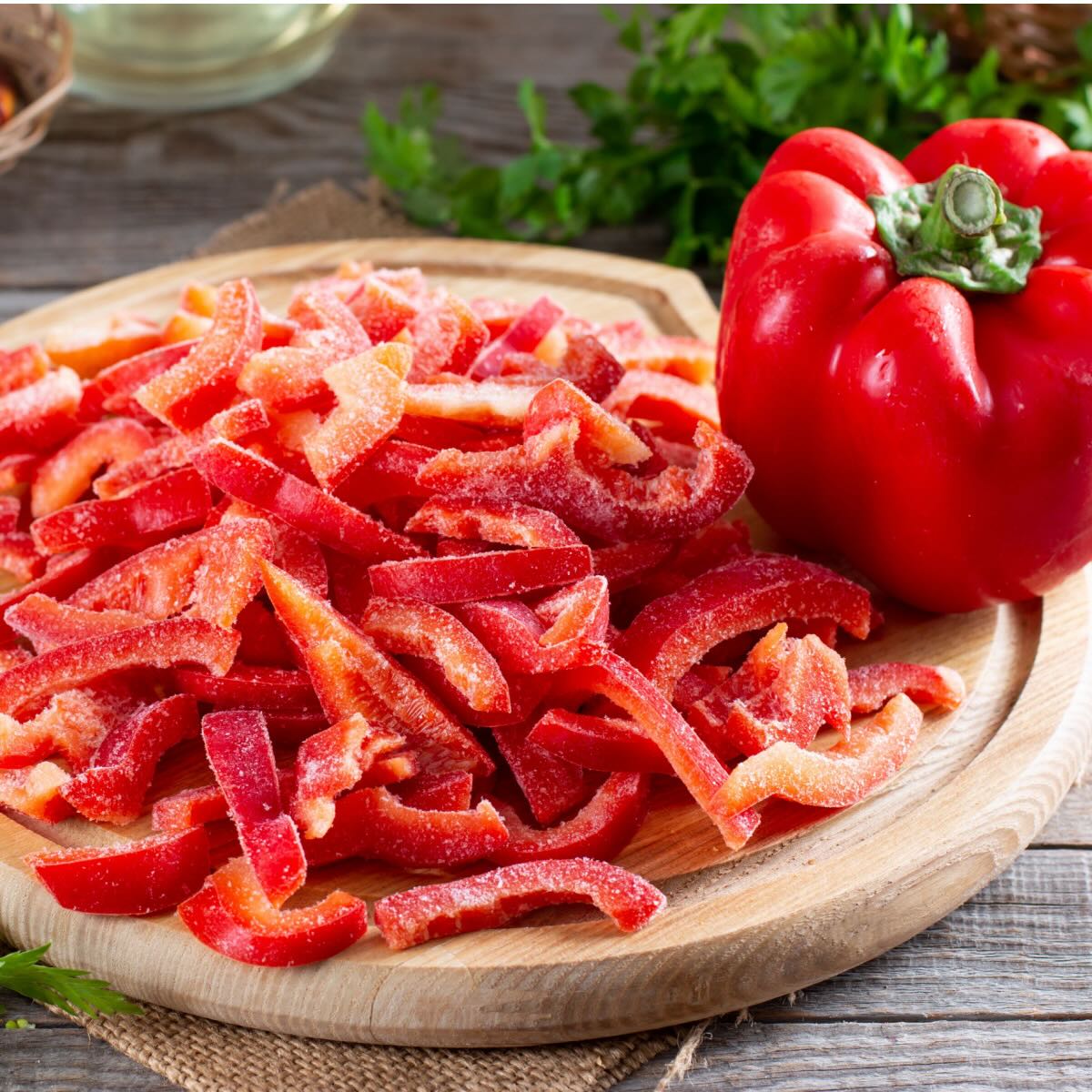
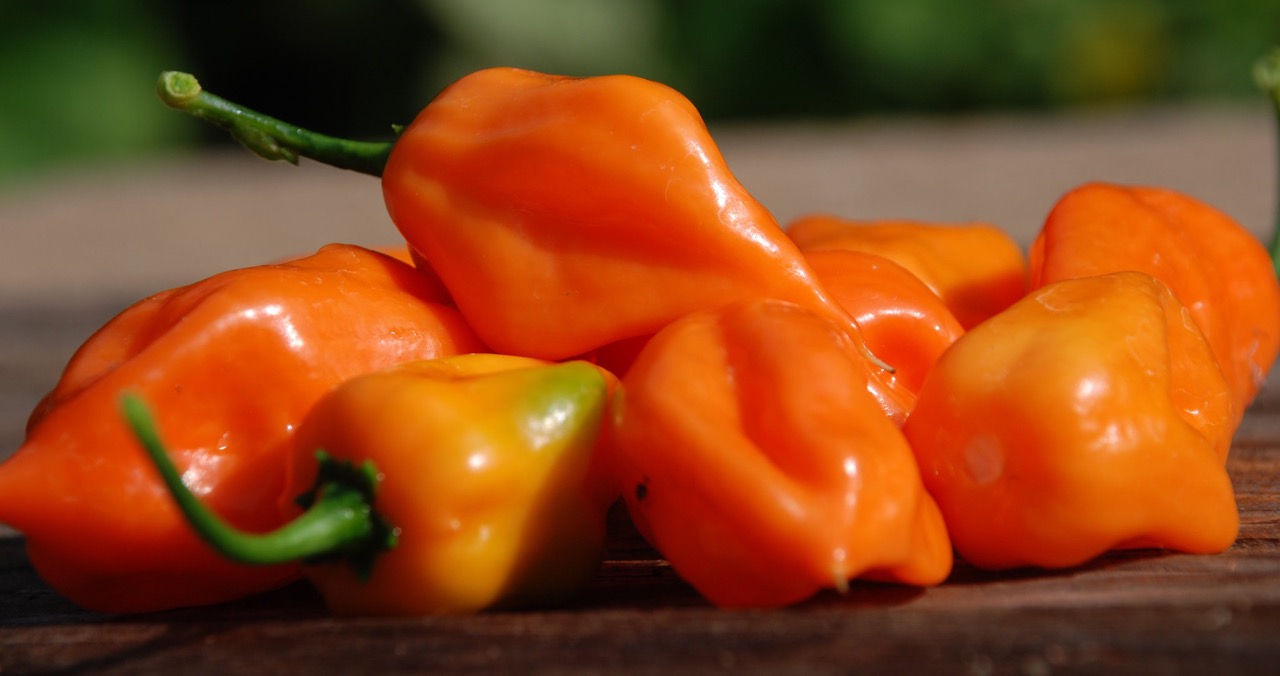

0 thoughts on “How To Store Red Peppers In Fridge”